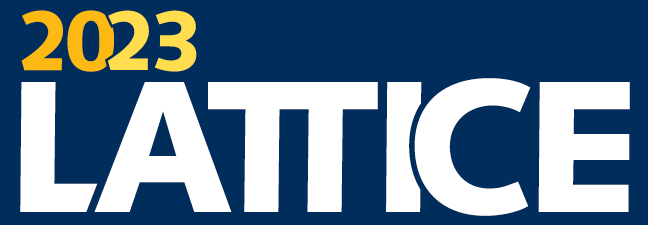Speaker
Description
We establish that the charmed hadrons start dissociating at the chiral crossover temperature, $\mathrm{T_{pc}}$, leading to the appearance of charm degrees freedom carrying fractional baryon number. Our method is based on analyzing the second and fourth-order cumulants of charm ($\mathrm{C}$) fluctuations, and their correlations with baryon number ($\mathrm{B}$), electric charge ($\mathrm{Q}$) and strangeness ($\mathrm{S}$) fluctuations. First-time calculation of the $\mathrm{QC}$ correlations on the high statistics ($\mathrm{N_\tau=8}$) datasets of the HotQCD Collaboration enables us to disentangle the contributions from different electrically-charged charm subsectors at and close to $\mathrm{T_{pc}}$. In particular, we see an enhancement over the PDG expectation in the fractional contribution of the $\mathrm{|Q|}=2$ charm subsector to the total charm partial pressure for $\mathrm{T For $\mathrm{T_{pc}
| Topical area | QCD at Non-zero Temperature |
|---|
